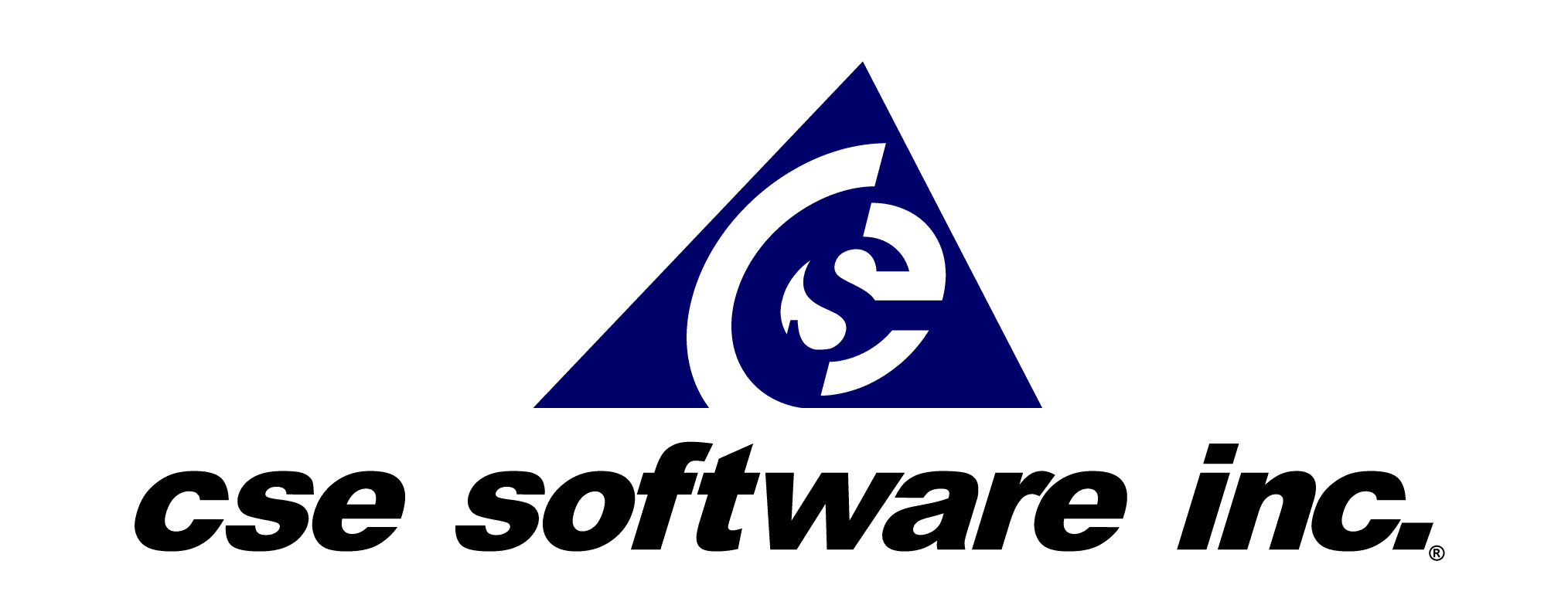There are a number of people who feel that eLearning development has become an integral part of the educational landscape, with schools using these tools for kindergarten students and those in high school. Colleges are seeing a greater inundation of online courses and computer classes than before, with some degrees entirely internet-based or otherwise dominated by technology resources. Bringing computers to class no longer poses a distraction, but is an essential part of the experience.
New devices are making this process easier than ever, as tools are less expensive but offer more flexibility for students. Obtaining this hardware is also being made easier for schools of all kinds, as they find better ways to get funding for useful machines.
New technology implementation
In the past, designing for mobile devices and computers meant dealing only with the structure of a specific operating system. Apple computers do not have applicable conversion with PCs, nor do iPhones and Android or Windows phones use the same platforms for their designs. That means developers had to pick a single format, which could exclude certain target users or force them to make expensive technological acquisitions.
Some devices are able to use all of these utilities through a cloud interface, which makes the hardware cheaper and more flexible, and therefore more desirable. Schools are cashing in on these qualities, buying technology for their students that is almost sure to increase their academic capabilities in years to come.
Google's computer, the Chromebook, operates through an online-only interface that means consumers pay for the device, not the software that every other device is bundled with at time of purchase. Virtual College wrote that eLearning development was benefiting from this technology in that schools can now purchase a single device that allows for universal use of many different kinds of applications and programs through the Google network, as opposed to a device-driven market as seen with other manufacturers.
"They're also very simple," said Cary Matsuoka, superintendent of Milpitas Unified School District in California. She works for one of the districts currently investing in eLearning development and new hardware for student use, and said that these tools provide quality use outside the academic setting for students.
Getting the money
Buying these devices and software can seem like a pipe dream to some entities, but not if they pursue the right kind of funding assistance. There are some groups that provide financial assistance for furthering the quality of learning for students and ease of teaching for staff.
The Denver Public School System received more than $2 million in grant money for furthering its pursuits in these veins, both furthering the educational pursuits of its students through eLearning development and seeking device advancements to meet this end. The Denver Post reported that the school will be using these funds to further "blended" learning initiatives by combining eLearning with traditional classroom methods and incorporating new hardware into the curriculum.
Bringing together new hardware and software through eLearning development to increase the academic reach of students can be of great benefit to educators and students alike. Such initiatives also help schools secure additional funding to meet these needs, keeping them up to date on current technology and making children better informed of the different ways the digital world is changing.
The experienced team at CSE Software Inc. can help any school interested in developing eLearning for their classrooms to find the right solutions. The eLearning development team can help define goals and develop eLearning that can be deployed via PC, Internet or mobile app.
Contact Stacey Burris at sburris@csesoftware.com or 1.309.670.7595 and ask for a mobile app development demo today!

